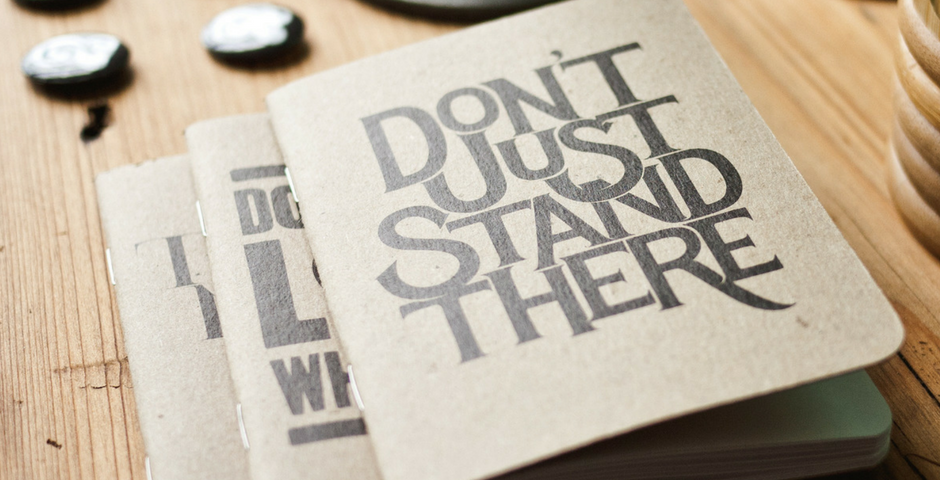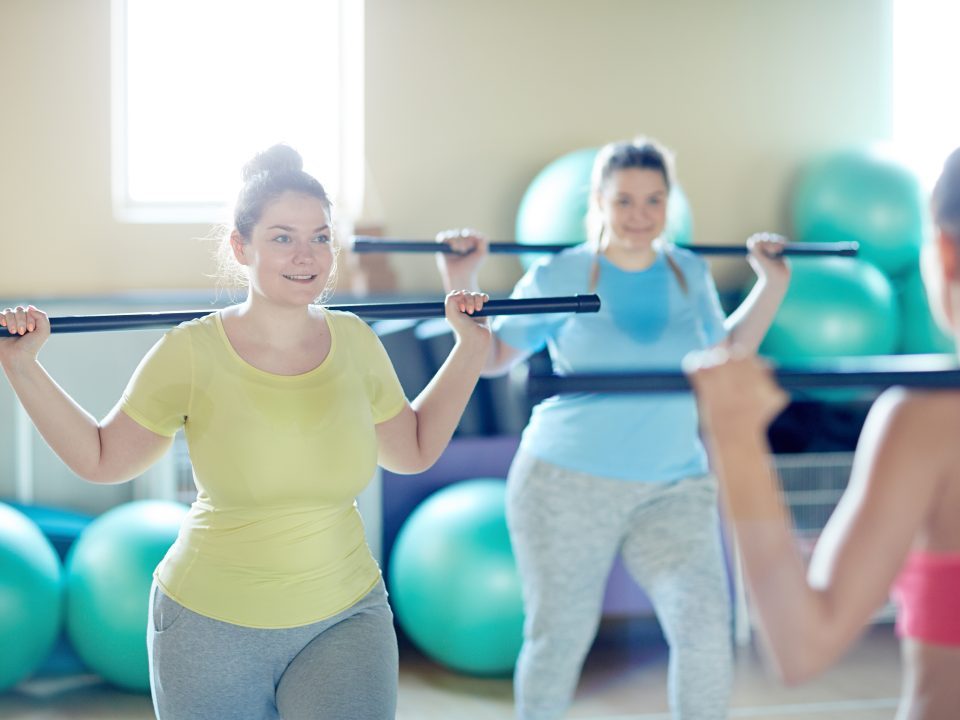
Is your weight really your fault?
May 7, 2017
Tender beef stroganoff
May 7, 2017Forget running marathons, looking like an ironman, doing pushups using only your pinkie finger (okay, we might be getting a little carried away now). For some of us, exercising is for functional fitness.
What does this mean?
Functional fitness it literally just being strong, agile, and aerobically fit enough to carry out the regular activities of daily living.
Walking to the letterbox, getting in and out of the bath, standing long enough to cook a meal without extreme pain, standing up from a chair with ease.
If you have ever gotten out of breath scrubbing a shower, or had to swing yourself up from a chair using momentum, or not been able to get down on the floor because you are afraid you wouldn’t be able to get back up. For many these are real and valid everyday struggles.
It could be that an injury kept you inactive for a while and you lost your fitness, or that your weight makes it so much harder to push against the forces of gravity, or that your job means you sit for long periods of time and aren’t too active through the day. Join pain, muscle weaknesses, and other injuries could also be the reason.
For some of us, the idea of moving through the day without pain, excessive effort, or weakness can seem like it is out of our reach, but if this is you, there are steps you can take starting today that can get you closer to this.
Think small
That idea that you need to exercise for an hour a day to see results? Throw that right out the window. Preferably into oncoming traffic. Under buses and trucks maybe.
You can literally start with one minute. Thirty seconds. 5 repetitions. Whatever point you are at now, that’s what you work with. If you can’t get up unassisted, do exercises in your chair or bed. If you can’t walk all the way across the living room, walk half way. If you can’t lift a 1kg dumbbell, lift a 300g can of soup.
Take breaks
It doesn’t matter whether you do ten biceps curls in a row, or one biceps curl ten times a day, each an hour apart. What matters in the total amount in a 24 hour period.
Do as much as you can, then rest as long as you need and try again. If the issue is strength/endurance in one muscle group try and do a variety of movements using different muscle groups. E.g. upper body exercises (arms/chest/upper back), then lower body exercises (legs/glutes), then core strength exercises (abdominals/postural muscles).
Build it up
If you can walk for 1 minute today, aim to get it to 1.5 mins next week. Little increases each week. Maybe one additional repetition, an extra 250g on your weights, or one extra set a week.
There’s no race here. As long as you are exercising in some way regularly, and making tiny improvements over time, you are further ahead than if you weren’t doing anything. Remember the goal is to make things easier for you to perform regular household tasks day to day.
Practice the motions you want to be good at
Say you find it hard to get out of a chair. Maybe you get up and down 5-10 times a day now, and find this very strenuous or challenging. Well, this is your exercise. Each time you get up, see if you can “sit to stand” twice or three times. Build this up until eventually you are repeating this 10-15 times, 5 times a day.
If you can’t perform the full exercise (getting up to your feet unassisted) just work on the first third of the movement to start off with. Put your hands on the armrest, feet planted on the floor, lean forward, contract the muscles in your legs, and start to stand. Once you get as far as you can gently lower yourself back to rest, and then repeat this.
Over time you will get better and better.





